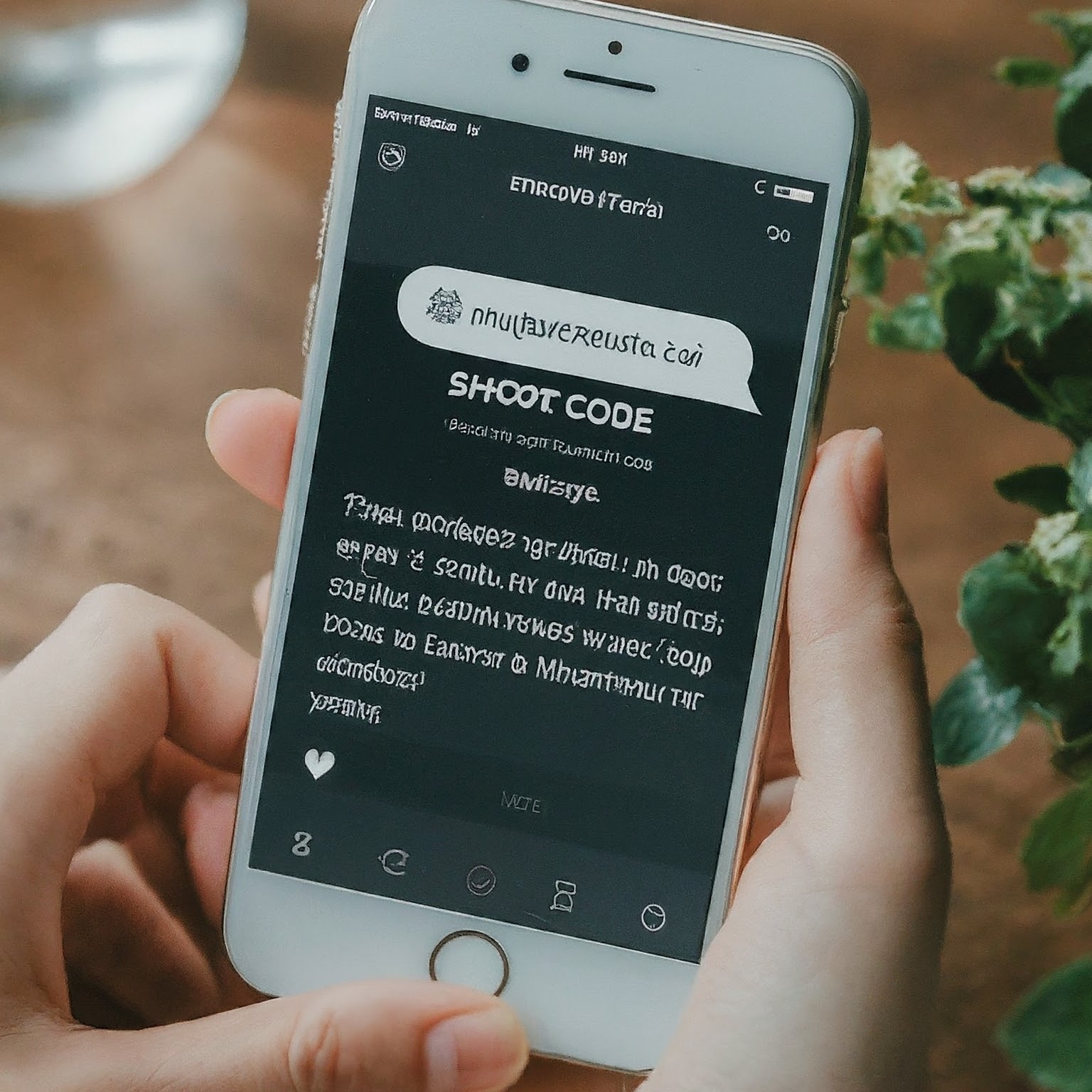72727 short code – a seemingly simple sequence of five digits that has become ubiquitous in the world of text messaging. However, its significance extends far beyond its numerical value. In this comprehensive article, we will delve into the multifaceted world of short codes, with a special focus on the 72727 short code, exploring its history, applications, and implications for businesses and consumers alike.

Short Codes: The Cornerstone of SMS Communication
Before we embark on our journey to uncover the secrets of the 72727 short code, let’s first lay the groundwork by understanding what short codes are and their pivotal role in the mobile communication ecosystem.
What Are Short Codes?
Short codes are abbreviated phone numbers, typically 5-6 digits long, designed for high-volume, two-way text message communication. They offer a streamlined and efficient way for businesses, organizations, and even individuals to connect with their target audience through SMS.
Applications of Short Codes: A Multifaceted Tool
Short codes have seamlessly integrated themselves into various industries, serving a multitude of purposes:
- SMS Marketing Campaigns: Fueling promotional efforts for products, services, or events through targeted text messages.
- Alerts and Notifications: Delivering time-sensitive updates, reminders, or emergency alerts in real-time.
- Contests and Voting: Fostering audience participation and engagement through text-to-win contests and interactive polls.
- Customer Service: Providing swift and convenient support through text messaging channels, enhancing customer satisfaction.
- Two-Factor Authentication (2FA): Enhancing security by requiring a code sent via SMS to verify login attempts.
72727 Short Code: A Historical Perspective
The 72727 short code has a rich history, dating back to its early days as a shared short code used by multiple organizations. However, in recent years, the landscape of shared short codes has undergone significant changes, with major carriers discontinuing their support for this model.
Transition from Shared to Dedicated Short Code:
As of 2021, major wireless carriers in the United States began phasing out shared short codes like 72727. This transition was prompted by concerns over potential spam and misuse of shared short codes. Consequently, many organizations previously using 72727 have migrated to dedicated short codes or 10-digit long codes (10DLC) to maintain their SMS communication channels.
72727 Short Code Today: Current Usage and Implications
While the 72727 short code may no longer be as widely used as it once was, it still holds relevance for certain organizations and individuals.
- Legacy Systems: Some businesses and organizations may still be utilizing 72727 in legacy systems or for specific campaigns that haven’t yet transitioned to newer short codes or 10DLC.
- Opt-Out Functionality: If you’re receiving unwanted messages from 72727, you can typically opt out by replying with a keyword like “STOP,” “END,” “QUIT,” “CANCEL,” or “UNSUBSCRIBE.”
- Customer Support: If you encounter any issues or have questions about messages received from 72727, you can contact the organization directly or reach out to your mobile carrier for assistance.
The Future of Short Code Communication: Embracing Innovation
The world of SMS communication is constantly evolving, and short codes like 72727 are at the forefront of this evolution. As technology continues its relentless march forward, we can anticipate exciting innovations in the realm of short code communication, including:
- Rich Communication Services (RCS): A next-generation messaging protocol that enables enhanced features like high-resolution images, videos, group chats, and interactive elements.
- Artificial Intelligence (AI): Leveraging AI-powered chatbots to automate responses, provide instant support, and streamline customer interactions.
- Personalized Messaging: Tailoring messages to individual preferences and behaviors using data analytics and AI to deliver targeted content.
In Conclusion: Navigating the Short Code Landscape
The 72727 short code, with its intriguing history and ongoing relevance, serves as a microcosm of the broader short code landscape. As technology advances and consumer expectations evolve, short codes will continue to play a pivotal role in facilitating seamless and effective communication between businesses and consumers.
Key Takeaways:
- Short codes are abbreviated phone numbers used for high-volume SMS communication.
- The 72727 short code was historically a shared short code but is now transitioning to dedicated or 10DLC formats.
- You can opt out of unwanted messages from 72727 by replying with keywords like “STOP.”
- The future of short code communication holds exciting possibilities, including RCS messaging, AI-powered chatbots, and personalized messaging.
لا تعليق